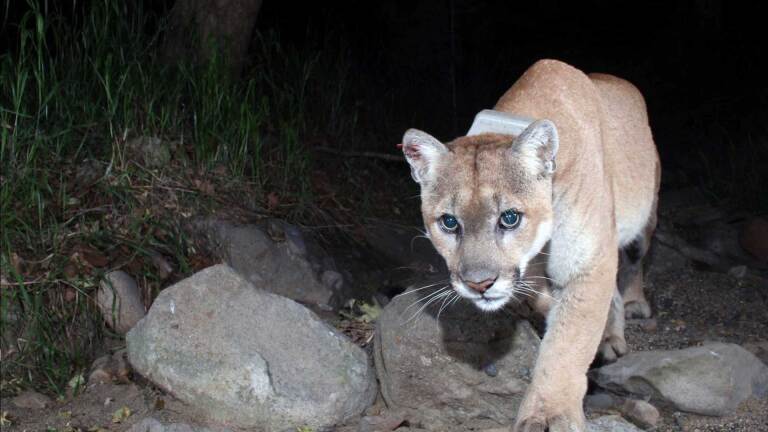Back to Show
Earth Focus
Dairy Alternatives: Drought Creates Market for Camel Milk in Eastern Africa
Kenyan farmers facing historic drought are turning to camel milk, a traditional alternative proving to be a sustainable solution. Experts say the camel’s ability to survive amid a warming climate makes it “an animal of the future” compared to livestock. As the commercialization of this unexpected dairy source grows, scientists — and the public — are learning more about the health benefits attributed to the unexpected dairy source. In Kenya’s capital, many cafes serve camel “camelccinos,” yogurt and other dairy products made from camel milk on a regular basis.
Support Provided By

26:40
A look at the Peruvian government's Operation Mercury, a decisive action to shut down an entire town built around an illegal gold mine.

26:39
South Africa faces a stark reality as the continent’s largest greenhouse gas emitter.

26:39
In-depth profiles of four young environmentalists: Alexandria Villaseñor in California, Carl Smith in Alaska, Ayakha Melithafa in South Africa and Litokne Kabua in the Marshall Islands.

26:40
Entire aquatic ecosystems are beginning to collapse.

26:30
Solar power is changing lives in unexpected places.

26:40
The realities of milk production are forcing dairy communities across the globe to rethink the dairy production process.

26:04
This episode explores lumber poaching in the forests of Brazil and Oregon, where citizens and scientists are working together to combat the illegal lumber trade.

24:40
The popular demand for avocados is having a devastating impact on a drought-stricken community in Chile.

25:52
This episode of "Earth Focus" examines how the worldwide demand for oil and gas is impacting the communities that supply it.

24:28
Los Angeles is one of the biggest biodiversity hotspots in the world, despite its smog, urban sprawl and snarling freeways.

25:44
Communities and innovators all over the world are creating new sustainable food sources that are resilient to climate change and growing populations.

25:44
Anticipating future water needs, two regions on opposite sides of the world turn to technology for answers.











